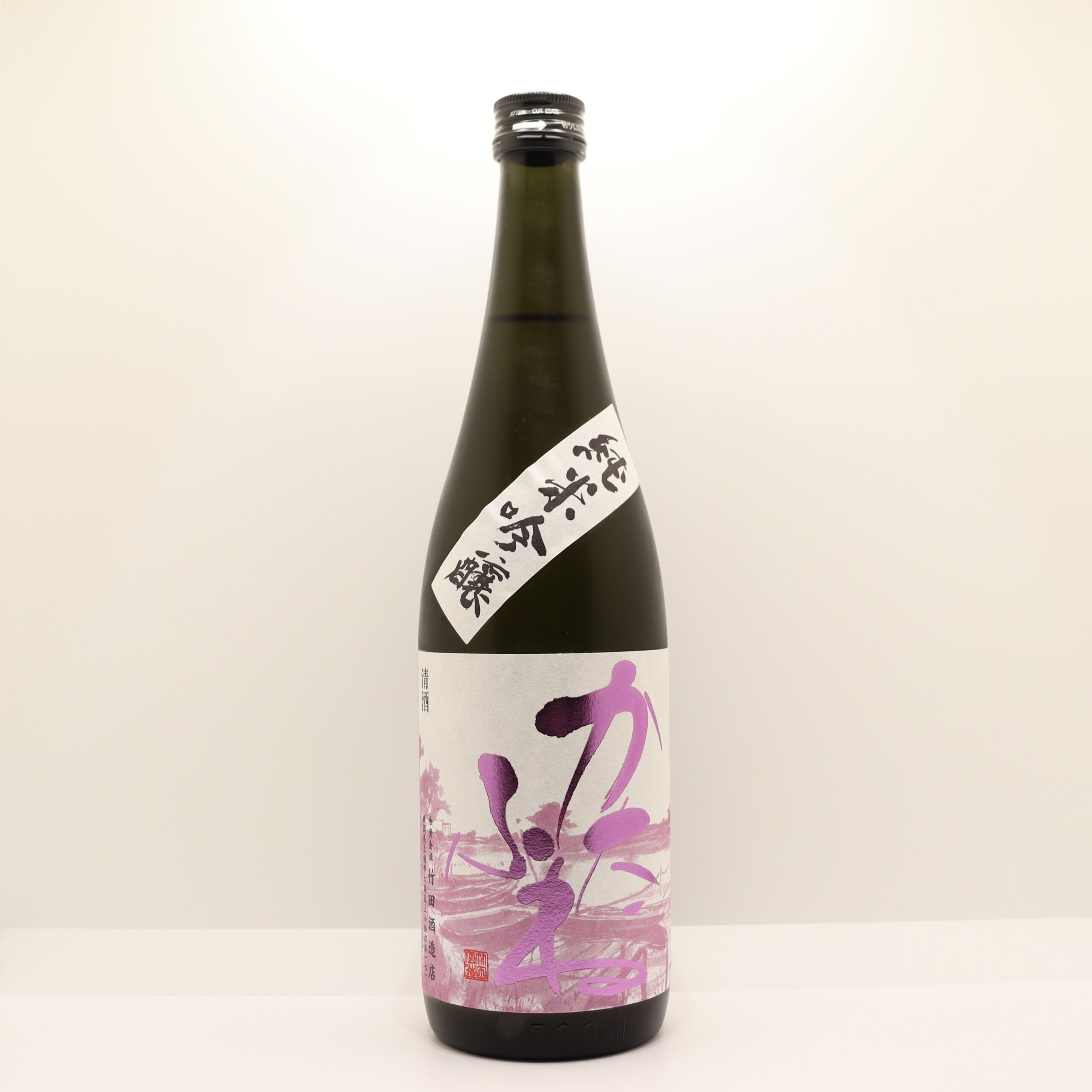
This sake has a fruity ginjo aroma and a smooth throat. The rice is lavishly reduced to 40% and fermented at a low temperature for a long period of time under thorough temperature control.
| Sake meter value | -4 |
| Acidity | 1.7 |
| How to drink | cold |
| Producer | Takeda Sake Brewery Co., Ltd. |
※Sake meter value・・・Sake Meter Value” (SMV), or “Nihonshu-do” in Japanese, is a scale indicating the sweetness or dryness of sake. Positive values mean drier sake, negative values suggest sweetness, and values near zero indicate a balanced profile. It helps consumers choose sake based on their taste preferences, with dry sake pairing well with savory dishes and sweet sake complementing desserts.
※Acidity・・・The “acidity” of Japanese sake is a measure of its sourness, with higher values indicating more acidity and lower values suggesting a milder taste. Moderate acidity contributes to a refreshing quality that pairs well with food. Typically ranging from 0.7% to 2%, acidity varies based on production methods and ingredients. It is a factor that influences the quality of sake, adjusted by brewers during the brewing process.
![竹田酒造店[2]](https://www.katafune.jp/img/brewery/img_sec2_02.jpg)
https://www.katafune.jp/
In 1866, at the end of the Tokugawa Shogunate era, Seizaemon Takeda started a sake brewing business in Kamikofunatsu known as a harbor town. The name of the brewery’s main brand, “Katafune,” originated from the “lagoons” (kata) and “boats” (fune) that dotted the sand dunes. The special feature of “Katafune” is its rich and delicious taste. Compared to the so-called Tanrei dry sake that has become so popular these days, Katafune’s flavor is fuller and rounder, with a gentle sweetness that is in harmony with its dryness. In order to bring out the characteristics of the rice, the brewery asks contract farmers to produce no more than eight bales per hectare. The high-qual-ity, abundant brewing water is filtered through sand dunes. With this rice, water, and the philosophy of”never cut corners at work,” the brewery continues to make sake that will please its customers.

